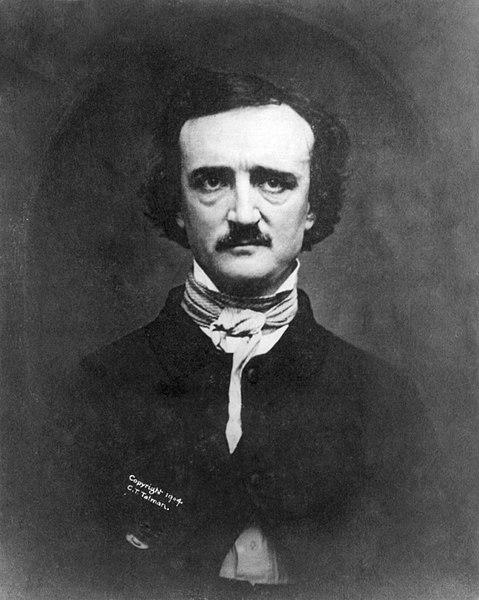
A character I had to read a lot about in the previous couple years was Melvil Dewey (a spelling reformer, he reformed his own first name), the father of modern librarianship and inventor of the Dewey Decimal System. He was a crank generally, but he left his mark.
Atlas Obscura today has an article about another of Dewey’s projects — he didn’t invent it, but he promoted it heavily. “Library hand” was a form of handwriting librarians were expected to master before typewriters became ubiquitous.
Influenced by Edison and honed via experimenting on patient, hand-sore librarians, library hand focused on uniformity rather than beauty. “The handwriting of the old-fashioned writing master is quite as illegible as that of the most illiterate boor,” read a New York State Library School handbook. “Take great pains to have all writing uniform in size, blackness of lines, slant, spacing and forms of letters,” wrote Dewey in 1887. And if librarians thought they could get away with just any black ink, they could think again real fast. “Inks called black vary much in color,” scoffed the New York State Library School handwriting guide.
My MLIS training was deficient. They didn’t teach us a thing about this.






